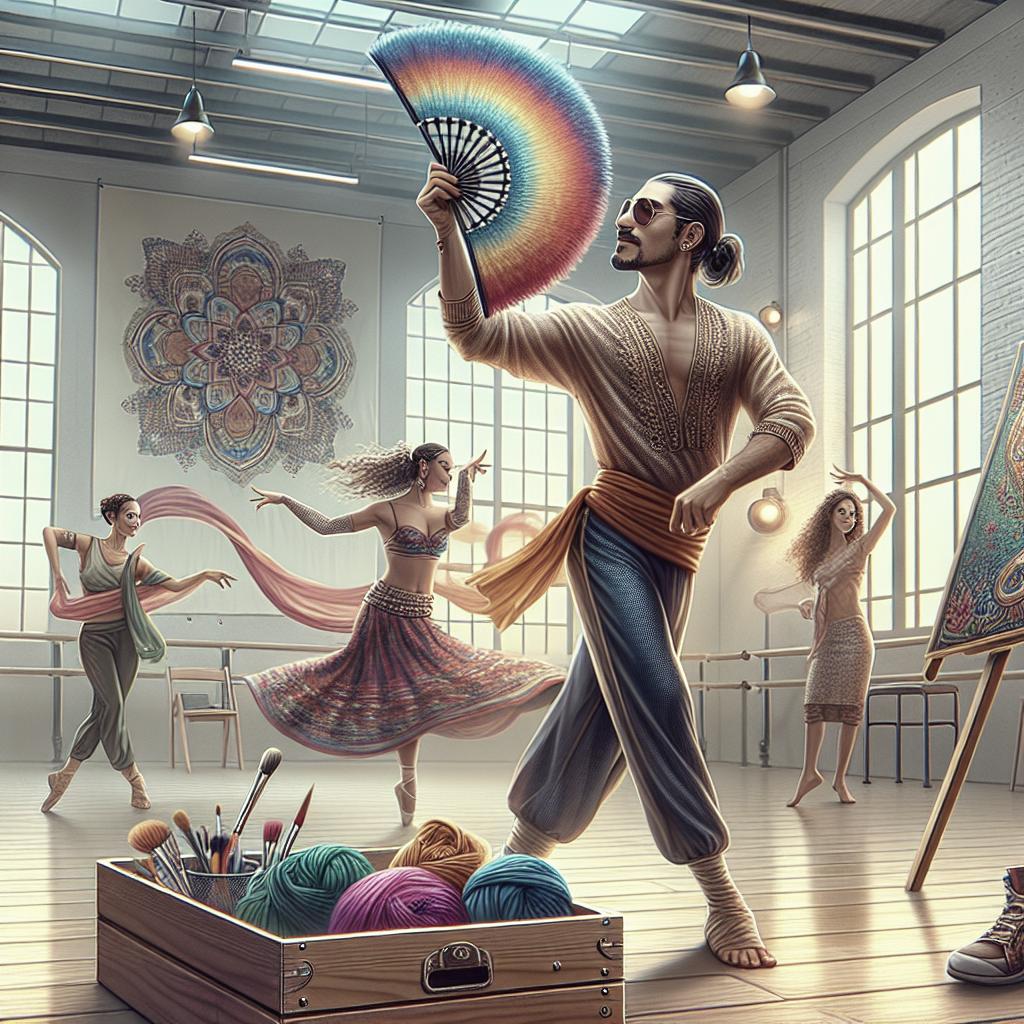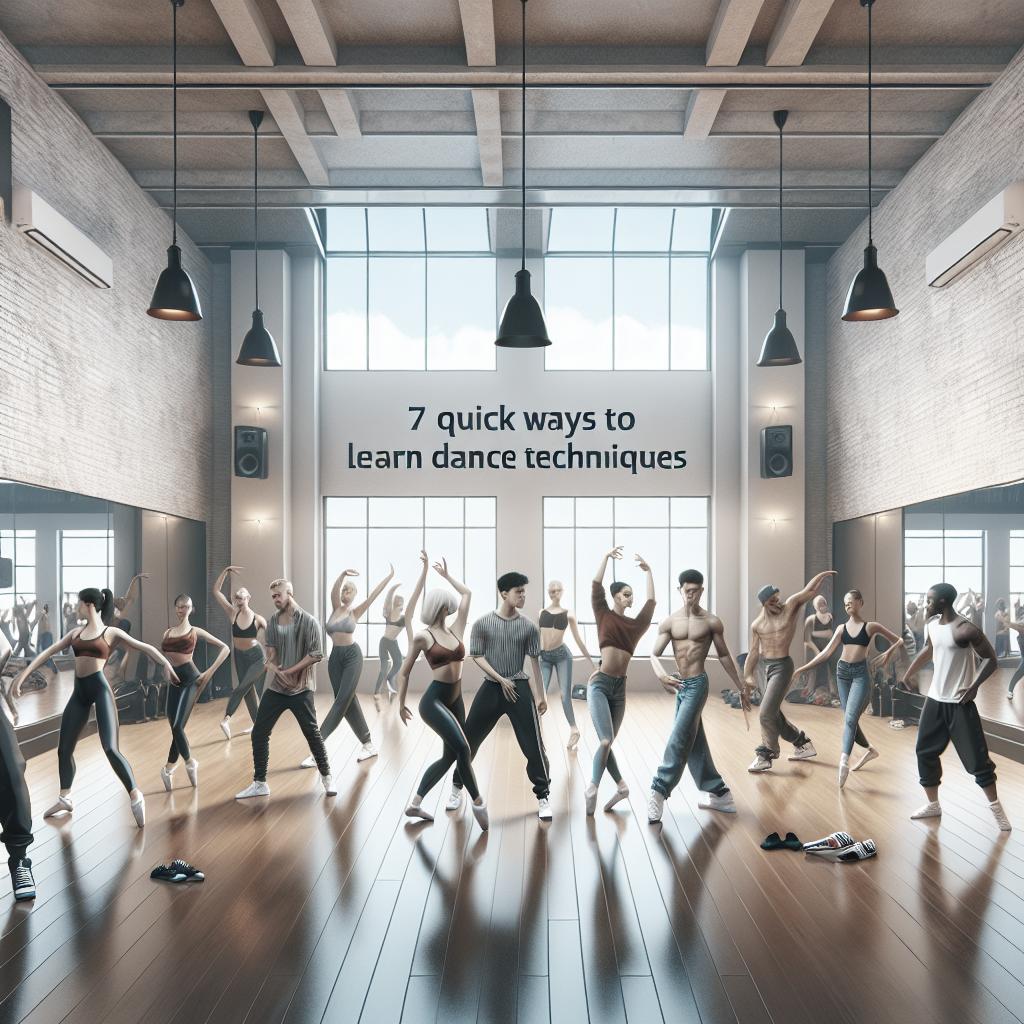Why Self Expression in Dance Is Important
Dance is a universal language that transcends verbal communication, allowing individuals from diverse backgrounds to connect with themselves and others. This blog post explores the importance of self-expression in dance and its transformative power. We delve into how dance aids in the development of emotional and social skills in children, weigh the impact of social media on dancers, and examine the basic motives of self-expression and physical release. By understanding these facets, we can better appreciate the profound role dance plays in personal and communal growth.
15 Sep How Dance Develops Social Emotional Skills In Kids
Dance is an avenue through which children can explore their emotions and express feelings they may not yet have the words to describe. The fluidity and creativity inherent in dance enable children to develop emotional intelligence, which involves recognizing, understanding, and managing their emotions. This is particularly crucial in early childhood development stages, where children are learning to navigate their social environments. As they engage with rhythm and movement, they become more aware of their own emotional responses and those of their peers.
Additionally, dance promotes teamwork and empathy, as many dance forms such as ballet, jazz, and hip-hop involve choreographed group pieces that require cooperation and mutual understanding. Working in tandem with others helps children learn to negotiate, collaborate, and support each other, further refining their social skills. Dance inherently teaches valuable life lessons about respecting oneself and others, patience, perseverance, and the beauty of togetherness.
The Pros and Cons of Social Media for Dancers
Social media has revolutionized the way dancers share their artistry, granting them access to global audiences and endless creative possibilities. Platforms such as Instagram and TikTok allow dancers to showcase their talents, gain feedback, and connect with choreographers and enthusiasts worldwide. This exposure can lead to unique opportunities for learning, collaboration, and professional growth. Furthermore, online communities often provide supportive environments where dancers can inspire and challenge each other.
However, the influence of social media also brings certain drawbacks. The pressure to craft and maintain a perfect online persona can impact dancers’ mental health, creating an environment ripe for comparison and self-doubt. Consequently, dancers must navigate the fine line between authentic self-expression and the commercialization of their art. Balancing the benefits and pitfalls of social media requires conscious effort, self-care, and a steadfast dedication to personal growth beyond likes and follows.
Basic Motives: Self-Expression and Physical Release
Self-Expression
At its core, dance is about self-expression. It allows individuals to communicate deep, complex emotions and stories without needing words. Whether through contemporary ballet or urban dance forms, dancers articulate their joys, struggles, and passions through movement, translating the intricacies of human experience into kinetic forms. This form of expression encourages authenticity, allowing dancers to delve into their identities and share stories that might otherwise remain untold.
The act of expressing oneself through dance has therapeutic benefits, acting as an emotional release that contributes to psychological well-being. As dancers immerse themselves in movement, they can process emotions such as stress, anxiety, and even elation, catalyzing personal insight and growth. Dance empowers individuals to find their voice, fostering self-awareness and confidence that permeates other aspects of their lives.
Physical Release
Dance is not only a mental and emotional outlet but a physical one as well. It serves as an effective form of exercise, improving cardiovascular health, strength, flexibility, and endurance. The physicality of dance invigorates the body, releasing endorphins that enhance mood and overall well-being. This dynamic interplay between the body and mind makes dance a holistic activity that nurtures both physical health and emotional resilience.
Moreover, the physical release that dance offers can be especially liberating, providing a space for dancers to challenge their physical limits and experience the empowerment that comes from achieving new milestones. By engaging in dance, individuals relish the joy of movement and the freedom it provides, contributing to a healthier lifestyle and a positive self-image.
| Key Areas | Main Points |
|---|---|
| Social Emotional Skills in Kids | Develops emotional intelligence, promotes teamwork, teaches empathy, and refines social skills. |
| Social Media for Dancers | Offers global exposure and creativity; challenges include maintaining authenticity and mental health impacts. |
| Self-Expression & Physical Release | Facilitates storytelling and emotional release; improves physical health and fosters confidence. |


